|
The key to making guided reading work in the primary classroom is being organized and making sure that the children have been taught the routines and expectations for guided reading time. Here are a few tips and tricks to help you get started or to hopefully help make the guided reading time work smoothly. Do some sort of informal assessment with each child so that you know what levels you are working with and what language concepts and skills need to be taught. At the beginning of each year, I would take students one at a time while others were working on an activity and informally have them read some books or do some language activities with me. I would have a collection of materials available at a variety of levels so that I could get a rough idea of what would be a good instructional level to start with. Remember: Not all children read during the summer break. Often the reading levels drop and it is necessary to start at a lower level until the skills are practiced for a bit. Don't let that worry you. It is important to make sure that the level is comfortable and not too difficult so that fluency can be practiced and comprehension skills can be deepened. Choose both fiction and non-fiction material so that the children get comfortable with them. Often non-fiction books can be considered more difficult, but because they are of interest to the children, they are willing to work through them. Sometimes they are able to identify with the situations and make connections to themselves and to their world. Teach a variety of language skills. We often work with letter/sound connections and sight words when children start reading, but I like to take it a step further. I often look for language usage activities that fit with the books I choose. For example: I teach my emergent readers about quotation marks and speech bubbles. I love doing activities that help them to look closer at the way the written word is used in books. They get really good at finding the speech marks and we play games where they can only say what is inside them. I get to read all the other parts. It doesn't take them long to figure it out. Have some quiet activities prepared for the groups that are working independently so that you are not disturbed while working with another group. These can be paper/pencil activities, book bins of material that is at an appropriate reading level, listening center activities, language activities on ipads or computers, or building words or working with letters games in a center. It is important to have a variety of materials and activities ready so that you can differentiate for the various groups and levels. Make sure that each group knows what is expected before beginning the guided reading sessions so that you don't need to spend time redirecting or re-explaining when you are working with a small group. It will require some direct teaching and practice to make sure that they understand the expectations and they follow the guidelines given. It might help to have some anchor charts available. If they get confused or they finish early, they need to know what the expectation is and then follow it. For example: Perhaps they can quietly ask someone for clarification if they get stuck. Maybe there is a place for early finishers to go and get a quiet activity to work on. Use volunteers that have been trained by you to help with your higher groups. I found this to be very effective because I would prepare the materials and I would provide an outline of what to do. It can be a bit time consuming at the beginning, but once the work has been done, it can be reused with others groups as they reach the same level. Here are some guided reading materials I have created for some of my groups. I have them ready now to use again when I am teaching new groups of students. This has come in very handy this year as I am already prepared for the next group of students that I get. (I am retired now, so I am the volunteer at the school.) Do a variety of things with whatever group you are working with. This is especially important with those students who are struggling. It is hard work for them to decode, respond to reading, comprehend material and enjoy reading. Adding word games, hands-on activities and other surprises will help engage them in working with written material and motivate them to continue trying. Here are some things I have done in the past. I give each of my students a witch's finger for tracking. They love to use it instead of their index finger. Starbuck stoppers work well too. I have the 220 high frequency sight words with various themes and I play games with them. I love to play silly sentences when teaching about parts of speech. Here are some of the activities that I created. Sometimes it is easy to leave the stronger students alone to read while working with the others. It is important to make sure that they get challenged as well. I love to do novel studies and more advanced activities with them. Often they are able to read fluently and they get the basic idea of what they have read, but they don't always read for deeper understanding, make connections, or understand the elements of the stories. Doing activities that encourage them to find evidence in what they are reading and practice various strategies will help them to develop these skills. Here are some of the guided reading study packages that I have created. Well, there you have it. I hope some of these ideas will work for you. If you use any of them, I would love to hear about it. It would also be great to hear of other ideas and suggestions that you use in your classroom. If you have any questions or would like more information about anything, please contact me. Related posts
0 Comments
Leave a Reply. |
About Me Charlene Sequeira
I am a wife, mother of 4, grandmother of 9, and a retired primary and music teacher. I love working with kids and continue to volunteer at school and teach ukulele. Categories
All
|



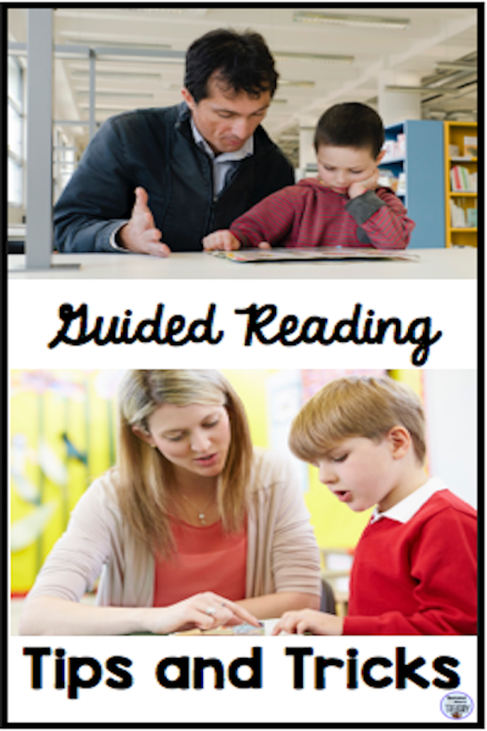






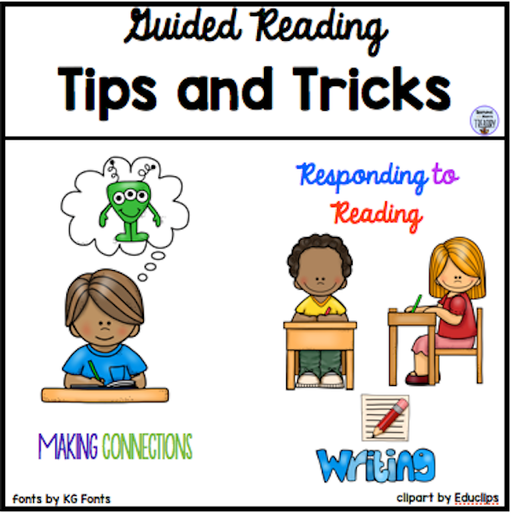





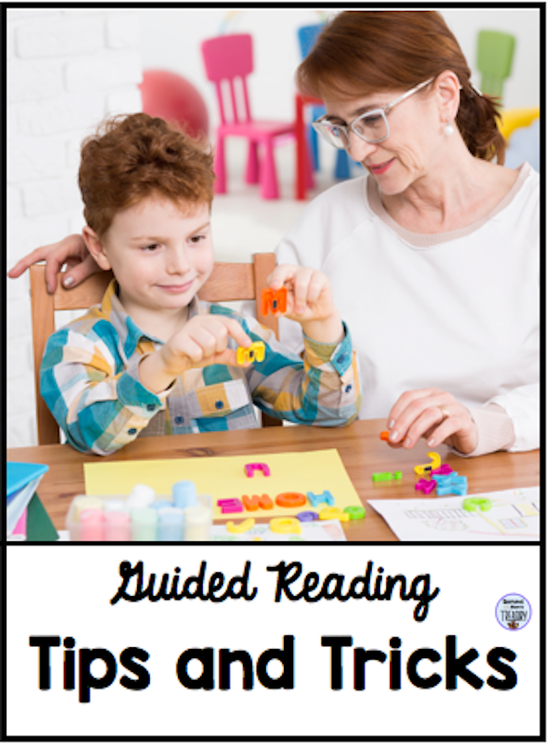





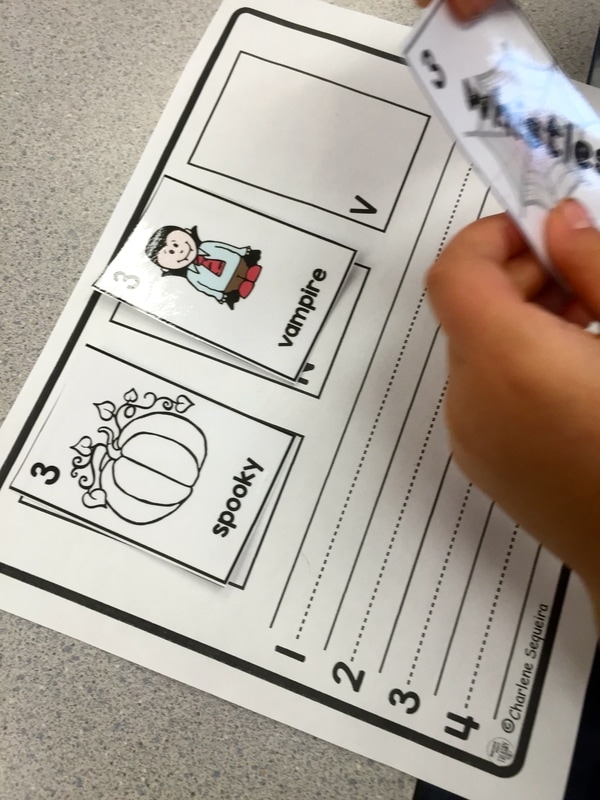

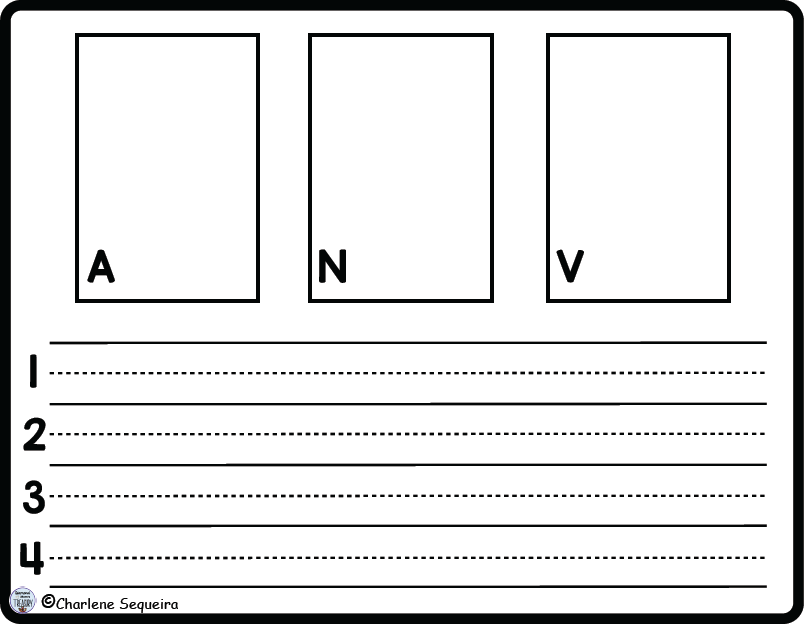

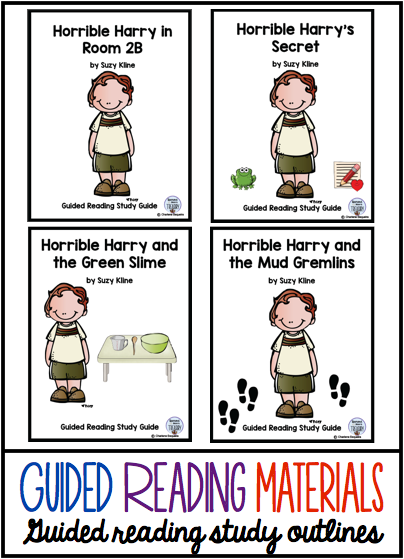
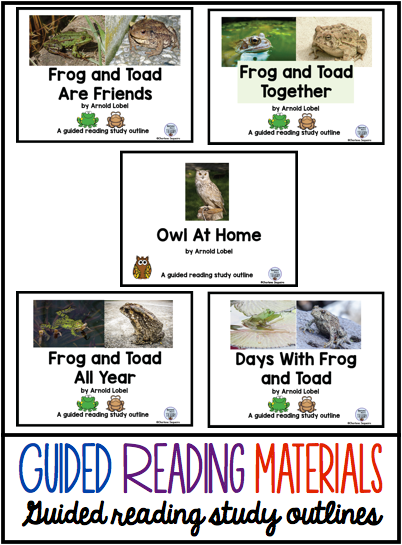


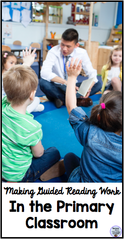







 RSS Feed
RSS Feed